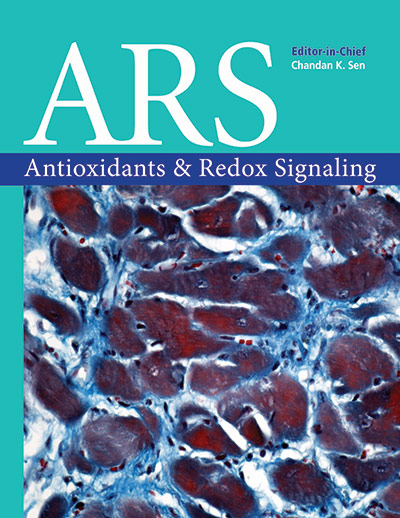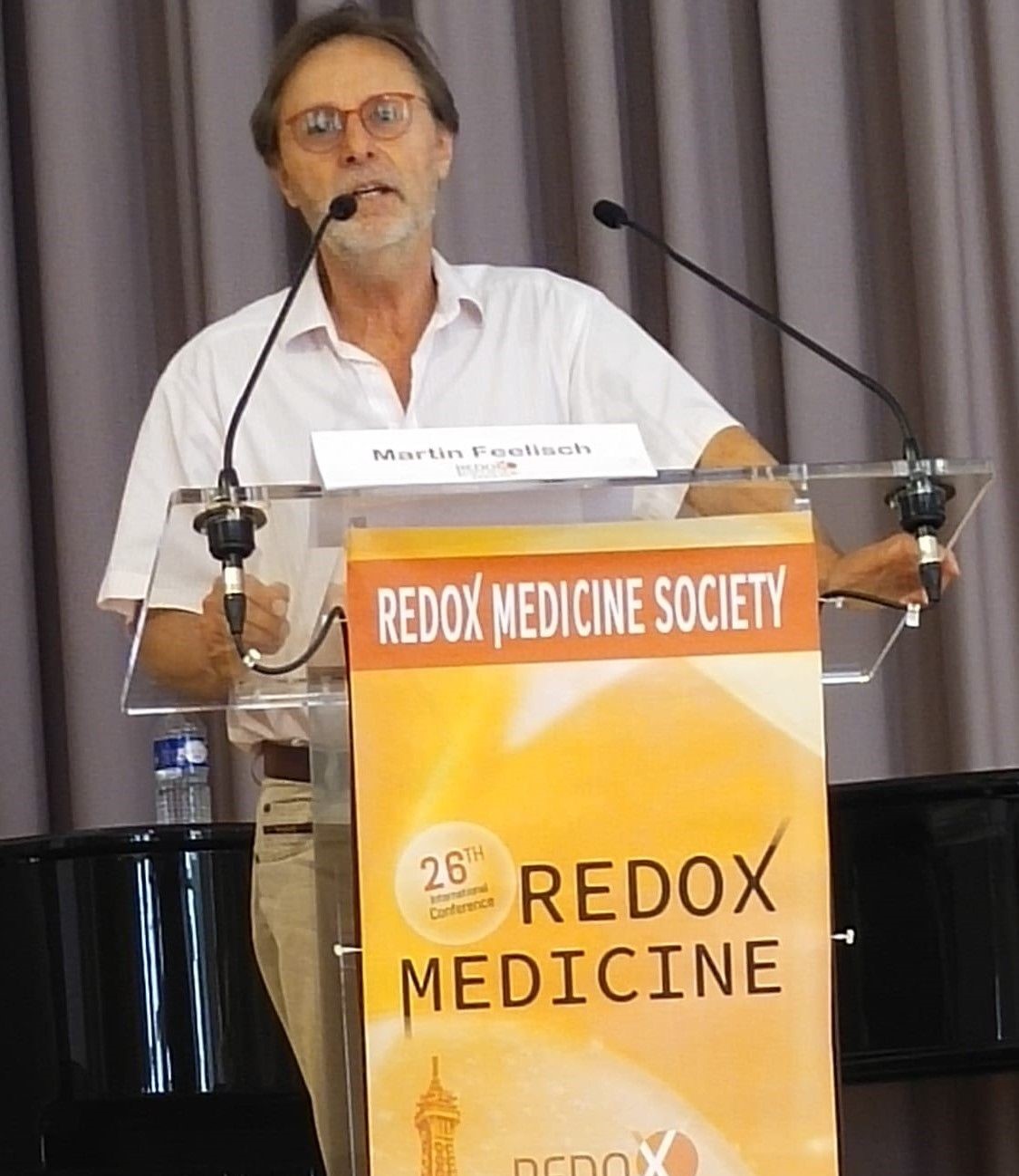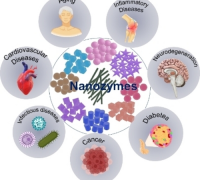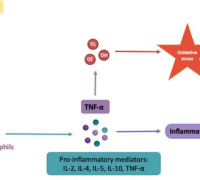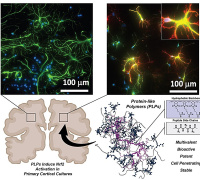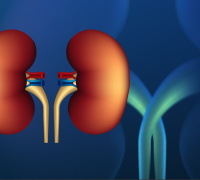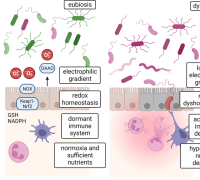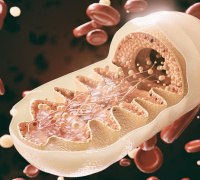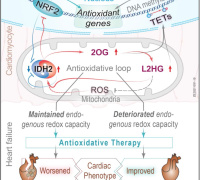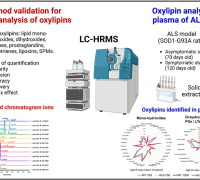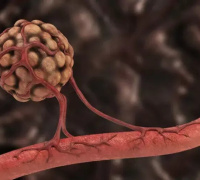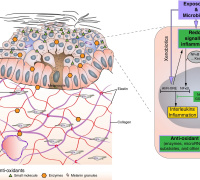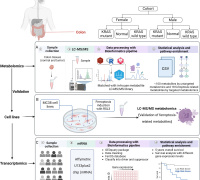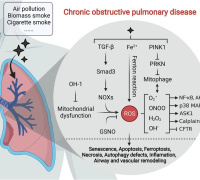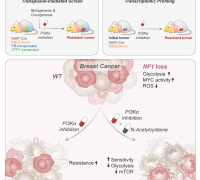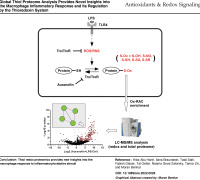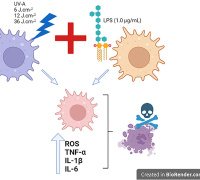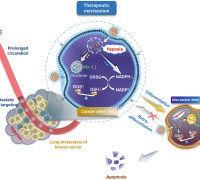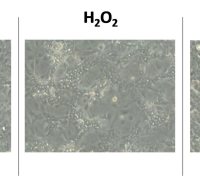Melatonin Alleviates Hypoxia-Induced Apoptosis
The avascular environment within follicular cavity in mammalian ovaries, is thought to induce hypoxic status in granulosa cells (GCs), what results in apoptotic cell death accompanied by cumulative reactive oxygen species (ROS) production. The broad-spectrum antioxidant melatonin (N-acetyl-5-methoxytryptamine, MT) that exists in porcine follicle fluid, was suggested to maintain GCs survival under stress conditions.
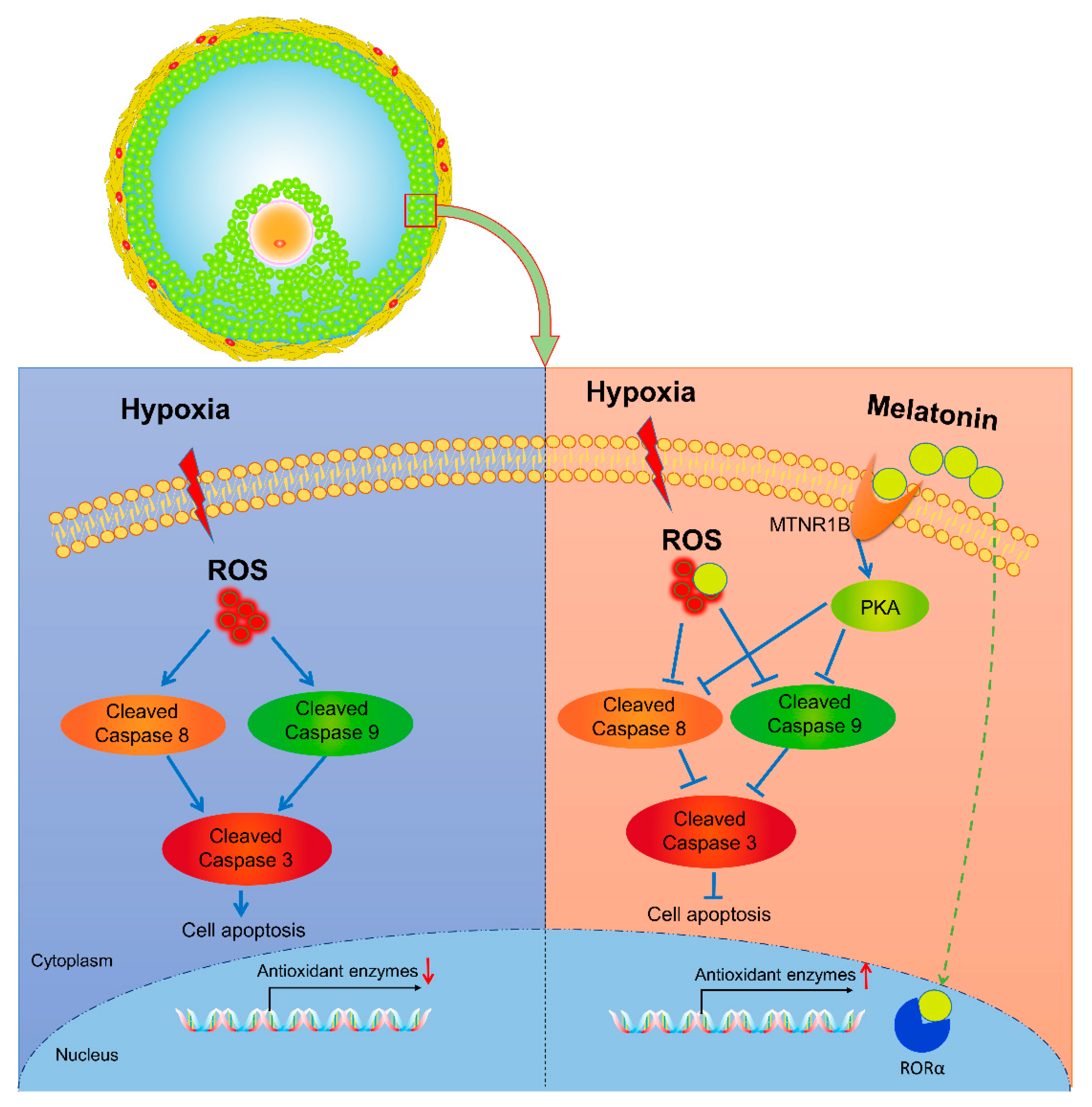 The signaling pathway involved in MT-mediated GCs resistance to hypoxia-induced apoptosis.
The signaling pathway involved in MT-mediated GCs resistance to hypoxia-induced apoptosis.
News Release, International Society of Antioxidants, France – March 9, 2022
Tao et al., explored the effect of MT on GCs apoptosisused by using the established hypoxic model (1% O2) of cultured porcine GCs. They reported the following:
- MT restored cell viability and reduced the apoptosis of GCs during hypoxia exposure.
- Upon hypoxia incubation, GCs treated with MT exhibited decreased ROS levels and increased expression of antioxidant enzymes including heme oxygenase-1, glutathione S-transferase, superoxide dismutase 1, and catalase.
- MT treatment inhibited the hypoxia-induced expression of cleaved caspase 3, 8, and 9.
- Blocking melatonin receptor 2 (MTNR1B) with a competitive antagonist 4-phenyl-2-propionamidotetralin (4P-PDOT) diminished the inhibitory effects of MT on caspase 3 activation.
Finally they further confirmed the involvement of MT–MTNR1B signaling in mediating GCs protection during hypoxia stress by detecting levels of protein kinase (PKA), a downstream kinase of MTNR1B. In brief, they provided mechanistic evidence suggesting the role of MT in defending GCs from hypoxia-induced apoptosis.
Melatonin's antioxidant mechanisms will be discussed in Paris Redox 2022.
Media Contact:
International Society of Antioxidants
This email address is being protected from spambots. You need JavaScript enabled to view it.
Paris Redox 2022 Congress
June 22-24, 2022 - Paris, France
www.isanh.net





